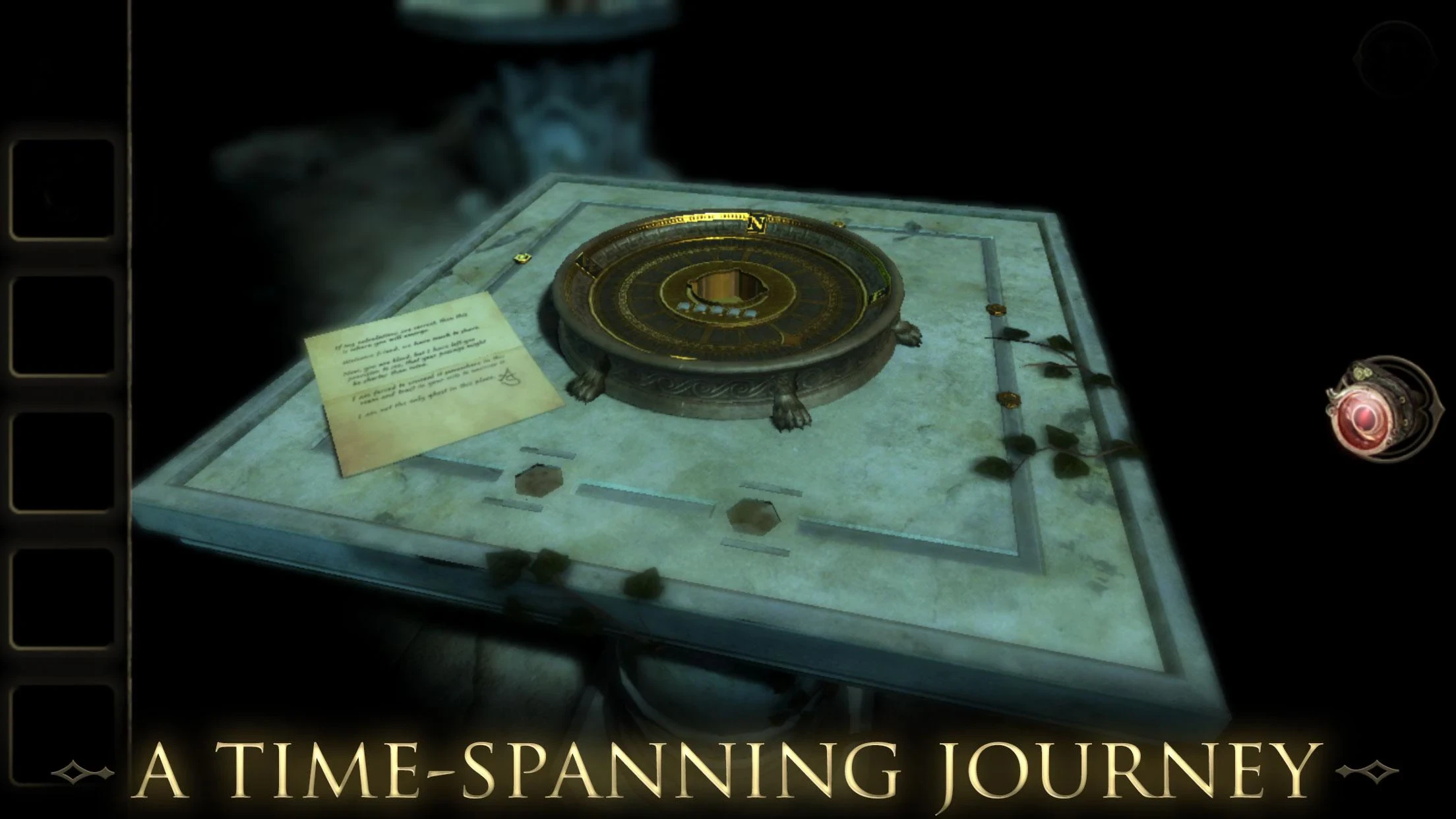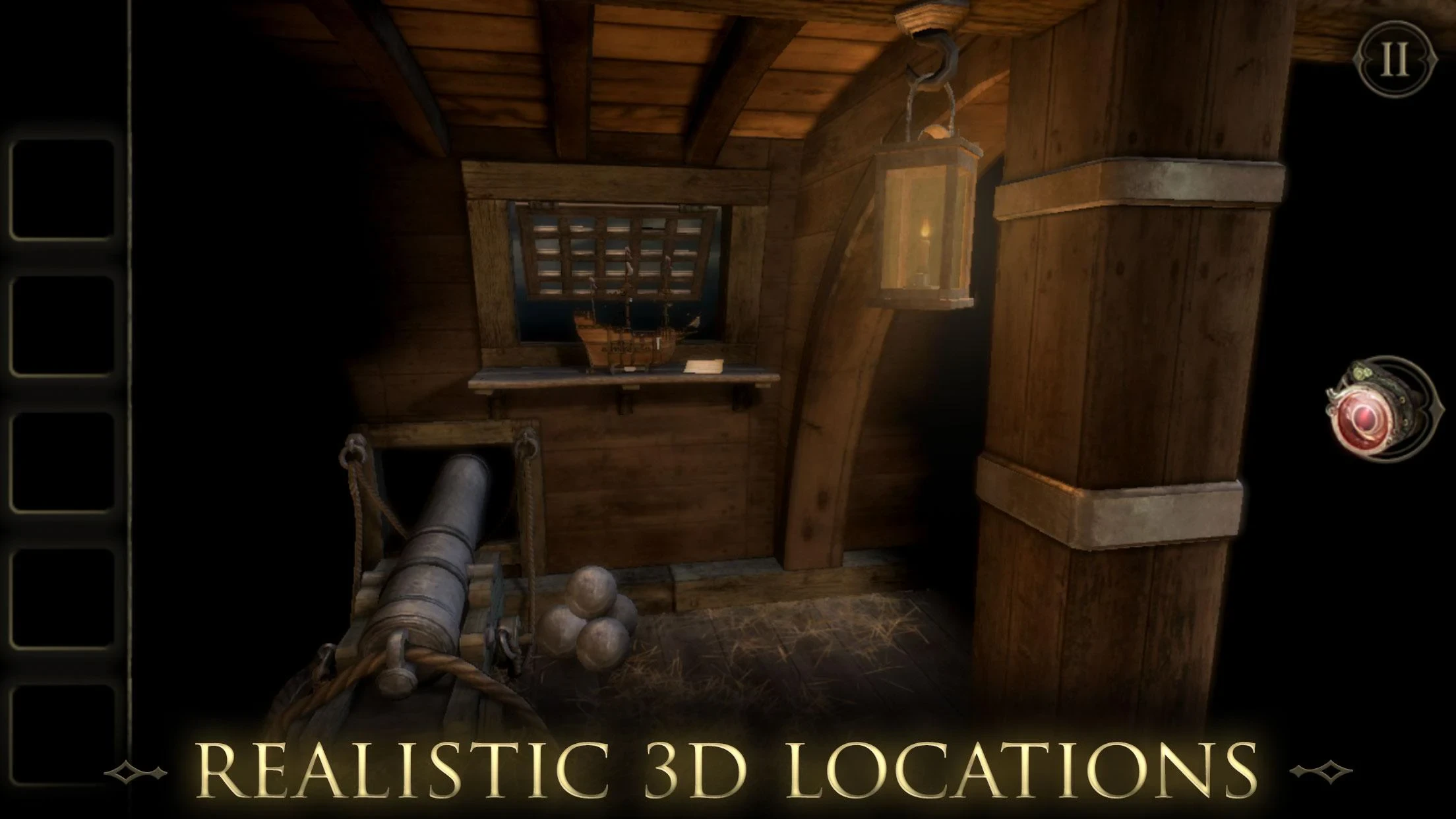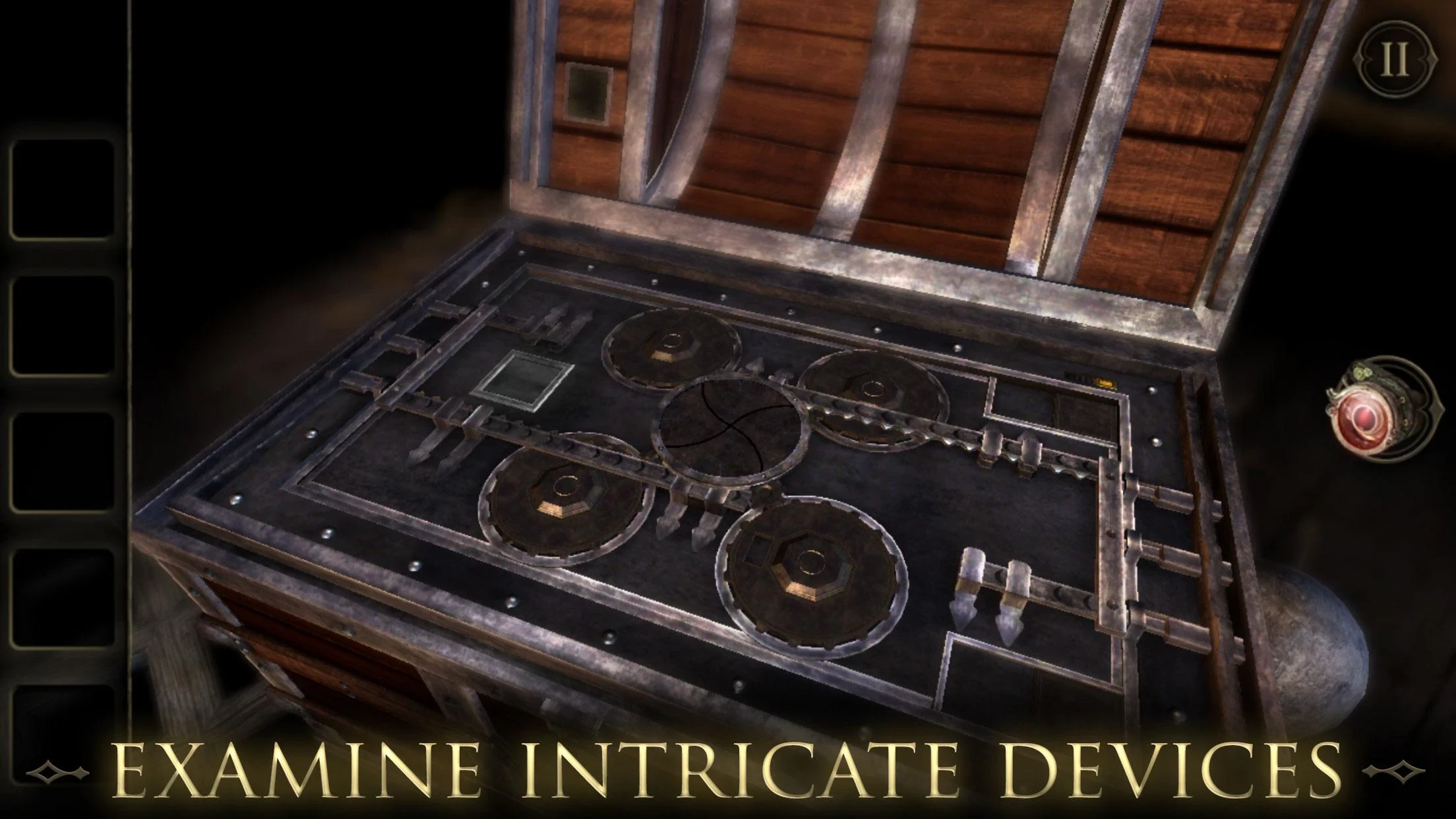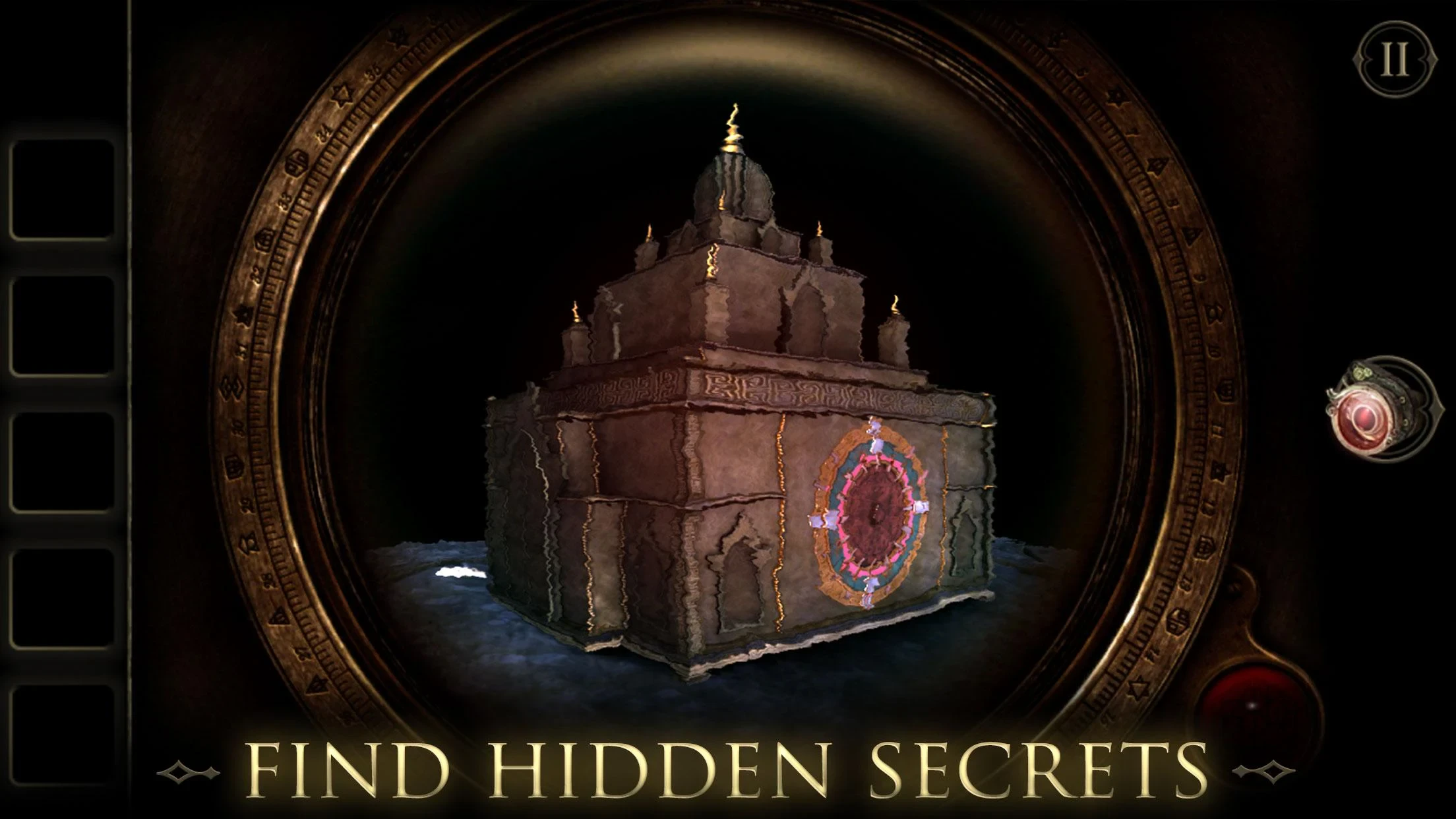 |
|
| Rating: 4.9 | Downloads: 1,000,000+ |
| Category: Puzzle | Offer by: Fireproof Games |
“The Room Two” is the highly anticipated sequel to the award-winning puzzle adventure game, continuing the exploration of mysterious antique boxes and hidden secrets. Belonging to the puzzle-adventure genre, it captivates players with its intricate mechanics, atmospheric storytelling, and beautiful pixel art visuals.
The gameplay experience of “The Room Two” immerses players in a world of tactile discovery, where every object can be examined and manipulated. Players are drawn in by the carefully crafted mystery, the satisfying sense of deduction, and the elegant presentation that defines the series.
Gameplay and Features
- [Core Gameplay Loop]: The core gameplay revolves around exploring beautifully rendered rooms, manipulating objects using a touch-based interface (or mouse/keyboard on PC), solving complex puzzles, and uncovering the story through environmental details and dialogue. The objective is typically to escape the room, open boxes, find clues, and progress the narrative by combining items found with logical deductions and spatial awareness.
- [Visuals or Art Style]: “The Room Two” boasts a refined pixel art style that is both detailed and evocative, creating an atmosphere of mystery and wonder. Rooms are meticulously designed with intricate backgrounds, varied object textures, and subtle lighting effects that enhance immersion. The visual design is clean, functional, and aesthetically pleasing within its puzzle-solving context.
- [Modes or Levels]: The game primarily features a single-player campaign structured into distinct levels or rooms, often themed with different aesthetics and challenges. The linear campaign offers a definitive story experience. Replayability is encouraged through hidden collectibles, optional mini-puzzles, and subtle differences in room layouts or object placements upon revisits.
- [Controls or Interface]: Played primarily on touch devices, controls involve tapping, pinching to zoom, and dragging to rotate the camera perspective, along with on-screen buttons for actions like examining objects or using items in the inventory. On PC, mouse clicks and keyboard shortcuts provide the same intuitive interaction. The interface is minimalistic and unobtrusive, focusing player attention entirely on the puzzle environment.
- [Customization or Power-ups]: Customization is minimal, focusing instead on environmental storytelling and item discovery. There are typically no traditional power-ups, but finding specific items or completing challenges may unlock bonus content such as concept art, developer commentary, or additional levels in a potential expansion.
- [Any Special Systems]: The game utilizes a sophisticated camera system that allows for precise object interaction from various angles. Environmental storytelling is a key component, with notes, audio logs, and contextual details providing narrative depth. The physics system is subtle but functional for object manipulation.
How to Play
Beginner’s Guide:
- Step 1: Launch “The Room Two”, familiarize yourself with the touch controls (tap to examine, drag to rotate, pinch to zoom). Begin by examining the room’s contents and objects you can interact with.
- Step 2: Look for clues, items, and potential uses for found objects. Combine items in your inventory with the environment or other items. Listen to audio logs for story context and hints.
- Step 3: Solve the puzzle sequence to progress, typically involving manipulating multiple objects in a specific sequence or combination. Pay attention to details and experiment freely with interactions.
Pro Tips:
- Pay close attention to your surroundings and the state of objects – sometimes a simple visual detail holds the key to a puzzle.
- Don’t dismiss audio logs or seemingly insignificant notes early on; they often contain crucial information or hidden connections to later stages.
- When stuck, try manipulating objects from different angles or considering how they might fit together in ways beyond their primary function.
Similar Games
| Game Title | Why It’s Similar |
|---|---|
| The Vanishing of Ethan Carter |
Shares an appreciation for atmospheric storytelling and beautiful, handcrafted environments. Known for immersive exploration and solving environmental mysteries, though with a more cinematic focus. |
| Myst |
Appeals to the same type of players who enjoy “The Room Two”. Offers puzzles rooted in exploration and atmospheric visuals in early 3D environments. |
| The Talos Principle |
Popular among fans of narrative-driven puzzlers. Has comparable beautiful, minimalist aesthetics and focuses on philosophical themes through puzzle-solving mechanics. |
Frequently Asked Questions
Q: Is “The Room Two” completely different from the first game, or are there elements carried over?
A: While building on the foundation of its predecessor, “The Room Two” introduces new puzzle mechanics and visual design elements. The core appeal of tactile interaction, atmospheric storytelling, and intricate room design is retained, but expect a fresh challenge.
Q: How long does it typically take to complete “The Room Two” once started?
A: The core campaign usually takes around 4-6 hours for a first playthrough, depending on your puzzle-solving speed. However, discovering all collectibles and exploring thoroughly can add many more hours of replay.
Q: Can “The Room Two” be played on platforms other than mobile?
A: Yes, “The Room Two” was initially released exclusively on mobile platforms but has since been ported to PC (via Steam) and Mac, allowing players on those systems to experience it.
Q: What happens after completing all the puzzles in “The Room Two”? Is there more to do?
A: Completing the main story unlocks the final room or escape. However, exploring thoroughly for collectibles and listening to all audio logs is recommended. Some editions may also offer developer commentary tracks or concept art as bonus content upon completion.
Q: Are the puzzles in “The Room Two” notoriously difficult? Should I look up solutions online if I’m stuck?
A: Puzzles are generally considered challenging but fair, designed to reward observation and deduction. While looking up solutions might ruin the experience, remember that “The Room Two” has a dedicated online community where you can seek help or simply find discussions about specific mechanics or story elements.
Screenshots
 |
 |
 |
 |
